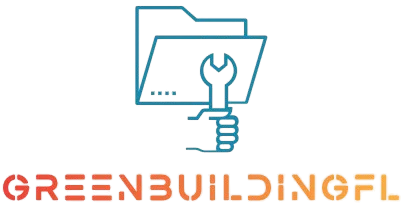How to Develop a Project Timeline That Works
A well-structured project timeline is essential for staying on track and ensuring that goals are met efficiently. Developing a timeline that works involves careful planning, communication, and flexibility. Here’s a step-by-step guide to creating an effective project timeline.

Define Project Scope and Goals
Before developing your timeline, clearly define the scope of your project and the goals you want to achieve. A well-defined scope helps in outlining the key tasks, milestones, and deliverables.
- Action Tip: Start by identifying the project’s objectives and any constraints, such as deadlines, budgets, or resource limitations.
Break Down the Project into Tasks
Once the scope is clear, break the project down into smaller, manageable tasks. Each task should represent a specific action or step toward completing the project.
- Action Tip: Use task management tools like Trello, Asana, or Microsoft Project to organize and visualize tasks. Prioritize them based on importance and dependencies.
Assign Time Estimates to Each Task
For each task, estimate how long it will take to complete. This is a critical step in creating a timeline that works, as inaccurate time estimates can derail the entire project.
- Action Tip: Involve team members who will be working on the tasks to provide realistic time estimates based on their expertise.
Identify Dependencies
Some tasks cannot begin until others are completed. Identify these dependencies to ensure that tasks are sequenced correctly within your timeline.
- Action Tip: Use a Gantt chart to visualize dependencies and create a logical flow of tasks from start to finish.
Set Milestones
Milestones are significant points in the project timeline that mark the completion of a major phase or deliverable. They help measure progress and keep the team motivated.
- Action Tip: Place milestones at key points such as the end of a project phase, client approval dates, or important deadlines.
Allocate Resources
- Action Tip: Keep track of resource availability and avoid overloading any single team member. Balance workloads across the team to maintain productivity.
Set Deadlines for Each Task
Once tasks are organized and resources are allocated, assign deadlines to each task. These deadlines should be achievable but realistic to keep the project moving forward.
- Action Tip: Incorporate buffer time between tasks to account for unforeseen delays or revisions.
Building Sustainability and Smart Choices
At Green Building Florida, sustainability and innovation come together to create stronger, more efficient spaces. Exploring smart design doesn’t stop at construction — it extends into lifestyle and entertainment choices as well. For those interested in discovering something engaging and rewarding, view here to experience a world of digital entertainment that values quality and enjoyment just like we do. Smart decisions lead to lasting satisfaction.
Create a Visual Timeline
A visual timeline makes it easier to track progress and ensure that everyone is on the same page. Use project management software or a simple spreadsheet to create a visual representation of the timeline.
- Action Tip: Include all tasks, milestones, and deadlines in your timeline. Color-code different tasks and assign them to team members for quick reference.
Monitor Progress and Adjust as Needed
- Action Tip: Hold regular check-in meetings with your team to review progress, identify potential issues, and make necessary adjustments.
Communicate with Stakeholders
A successful project timeline requires open communication with all stakeholders. Keep them informed of progress, delays, and any changes to the timeline.
- Action Tip: Use status reports, emails, or project management dashboards to communicate progress and ensure transparency.
Sustainable Construction and Online Entertainment
Greenbuildingfl.com promotes sustainable building practices in Florida. For those seeking alternative online experiences, explore more at www.wolfwinner.fun. Discover a new world of online fun.
Creating Efficient Timelines for Green Building Projects
Developing a project timeline that works requires careful planning, realistic deadlines, and clear communication among team members. Prioritizing tasks and monitoring progress helps ensure sustainability goals are met without unnecessary delays. For a break from work, VIP Casino Club offers a fun and secure platform to enjoy online gaming. Balancing productivity with leisure can boost both efficiency and creativity on any project.
Conclusion
Developing a project timeline that works requires careful planning, realistic time estimates, and ongoing communication. By breaking the project down into tasks, assigning deadlines, and monitoring progress, you can ensure that your timeline is a tool for success rather than a source of stress.



